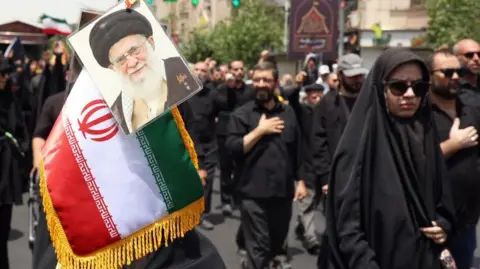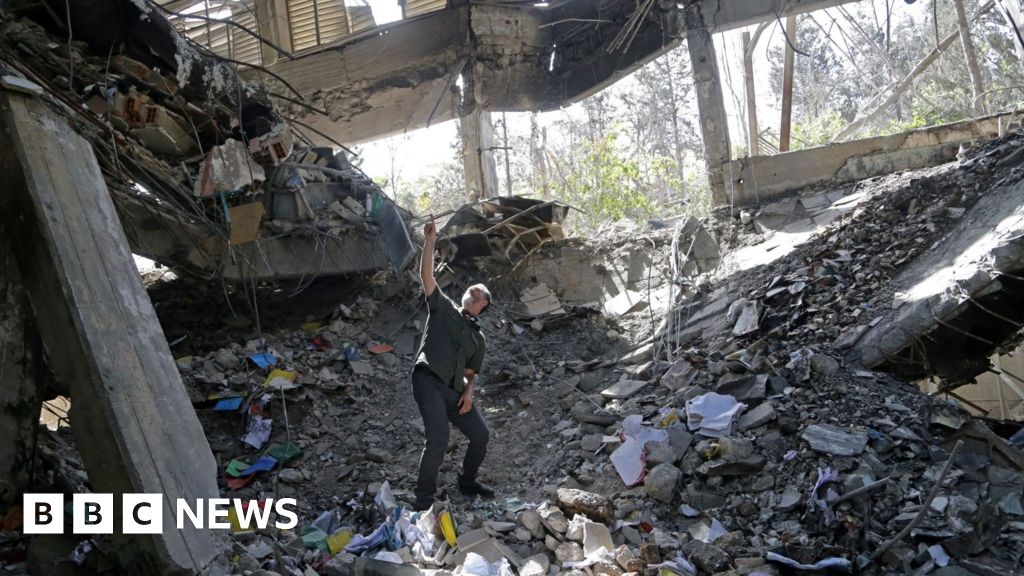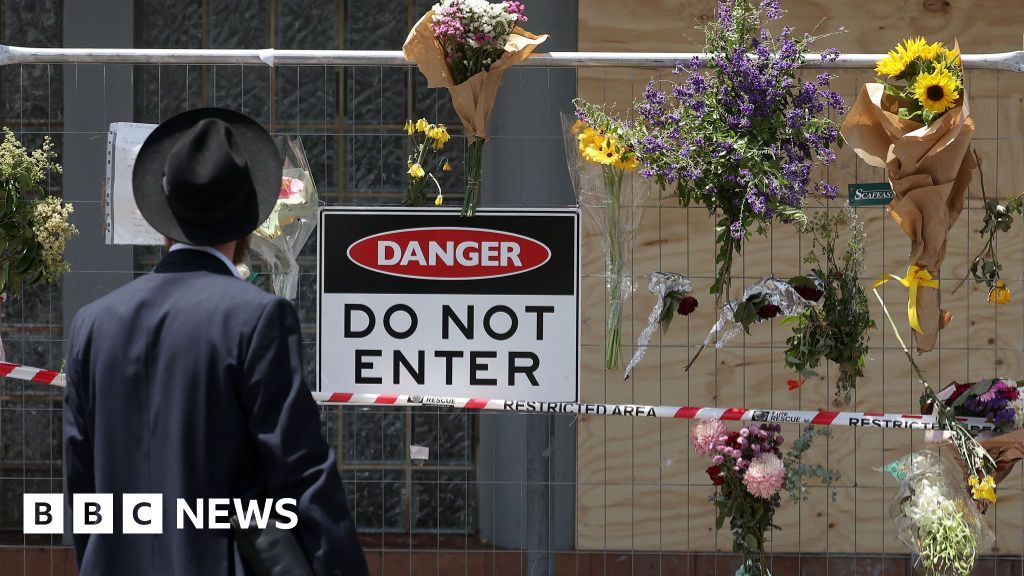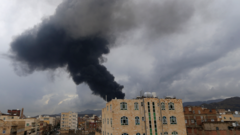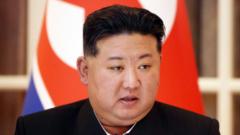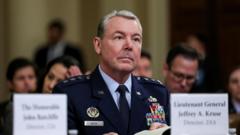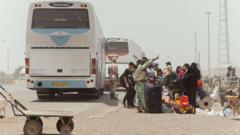Iran's nuclear enrichment facility at Fordo has sustained severe damage as a result of U.S. airstrikes last month, according to a comprehensive assessment from American intelligence. The targeting of Fordo, alongside two other sites, involved the deployment of 12 powerful bombs from U.S. Air Force B-2 bombers, leading to significant destruction, possibly rendering the site ineffective for nuclear fuel production for an extended period.
While some facilities at the additional targeted sites were harmed, U.S. officials stated that critical infrastructure essential for weapon fabrication was destroyed, complicating Iran's pathway toward developing a nuclear weapon. An Israeli official commented that the strikes did not eliminate Iran's stockpile of near-bomb-grade uranium, which remains intact beneath the debris, yet the inability to process this fuel could obstruct Iran's weaponization efforts.
This assessment clarifies the impact of the recent military actions, significantly affecting Iran's nuclear program. With Fordo being viewed as one of Iran's most sophisticated enrichment sites, the strikes have likely impeded the country’s ability to generate nuclear fuel for a considerable time.
Despite these setbacks, Iranian officials are still believed to maintain a level of uranium enrichment at 60% purity, just shy of the threshold typically associated with nuclear weapon capabilities. However, the infrastructural challenges following the airstrikes have limited accessibility to this resource, raising the stakes in an already tense geopolitical situation.
Ongoing debates within the U.S. government regarding the long-term implications of these strikes highlight the complexity and unpredictability of military interventions in nuclear proliferation issues. As intelligence evaluations continue, the future dynamics of Iran’s nuclear aspirations remain uncertain, situating both regional and global strategic considerations at the forefront of international discussions.






